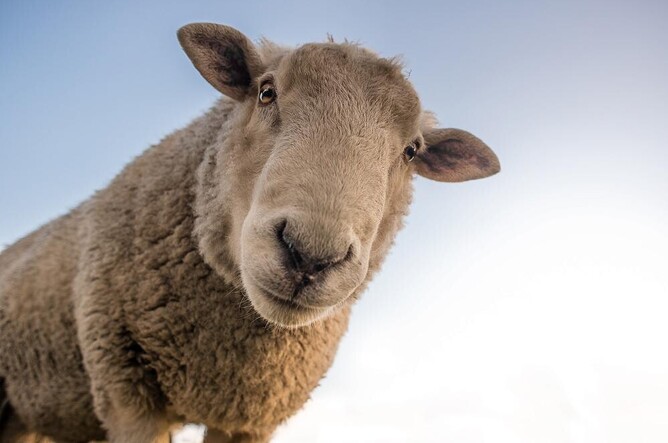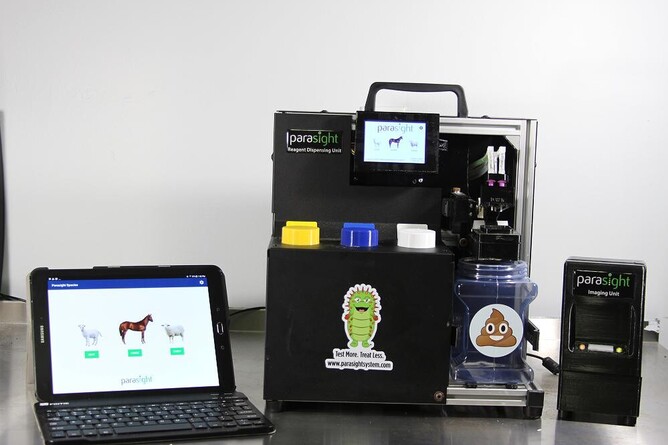Maximise drench efficiency by proactively monitoring faecal egg counts in two-tooths.
It is well established within the farming community that mixed age ewes, outside of a few very particular sets of circumstances (drought/starvation), do not need to be drenched routinely.
This is because a healthy ewe’s immune system should be perfectly capable of keeping her parasite burden well under control.
We often find that older ewes who are losing condition have other diseases and comorbidities (more than one, often chronic disease), such as gut cancer, poor teeth or johne's disease, which will soon end their lives. A drench might help, but really we are just delaying the inevitable by applying a Band-Aid to a fatal wound.
From a farmers perspective, you will have seen that ewes don't fall to bits when you don't drench them every 28 days, and they will happily tick along for most of their lives without a drench.
So, do two-tooths need drenching?
The general opinion on what to do with two-tooths, however, is very much a grey area for most. Why? Simply because there is no quick test to tell us if a juvenile sheep’s immune system has graduated to that of an adult. This creates room for ambiguity.
Faecal egg counting can be used to give us a very good indirect approximation of just how a two-tooth’s immune system is functioning.
A fully functional immune system will be inhibiting egg production and we will see very few eggs. Conversely, if it is not, then we will see eggs indicating that she does in fact require a drench.
Testing to see if you actually need to drench your stock fits with the sentiments of farmers keeping things simple, ensuring money is spent where it needs to be and working smarter not harder!
Drench is not cheap, and I've yet to find a farmer that gets excited by the thought of drenching yet another race of sheep. Putting some effort into finding out if you actually need to do something seems sensible.
It is also worthwhile thinking about the next generation when making your drenching decisions. Every drench given is a selection event: an event that kills all susceptible worms, but leaves a very small percentage alive.
While this percentage of resistant survivors may be small, couple it with a generational interval of 21 days and you have a recipe for rapid evolution, where our drenches become less and less effective until one day they do not work anymore.
By reducing unnecessary drenching, we can greatly limit the number of selection events, ensuring your children's children will have access to the same tools that you did.
When is the best time to FEC test?
Stress can cause immunosuppression, so sensible times to perform faecal egg counting on your two-tooths would be before times of stress, namely: pre-tupping, pre-lambing and/or pre-weaning.
Furthermore, factors that might increase the chances of your two-tooths having a worm burden include:
If they were mated as hoggets
Not being at their target weight or condition
Drought/low pasture covers
Feed type - crop vs pasture
Pregnancy status
Immunosuppression for any reason.
New FEC machines will speed up testing
Lastly, in line with improving efficiency, VetSouth will soon be home to a new automated FEC system: Parasight.
Previously, veterinary clinics have relied upon a manual system known as the McMaster test, but Parasight stands to rapidly improve turnaround times of results.
During our peak seasons, such as over lambing/calving, samples have had to be sent to Auckland for processing. Parasight will enable us to have our results the same day samples are dropped off.
Should anyone have any questions, or wish to discuss this topic further, please feel free to reach out to me or the wider team at VetSouth.
I hope the rest of your season goes well.
- Adam R Tippins


